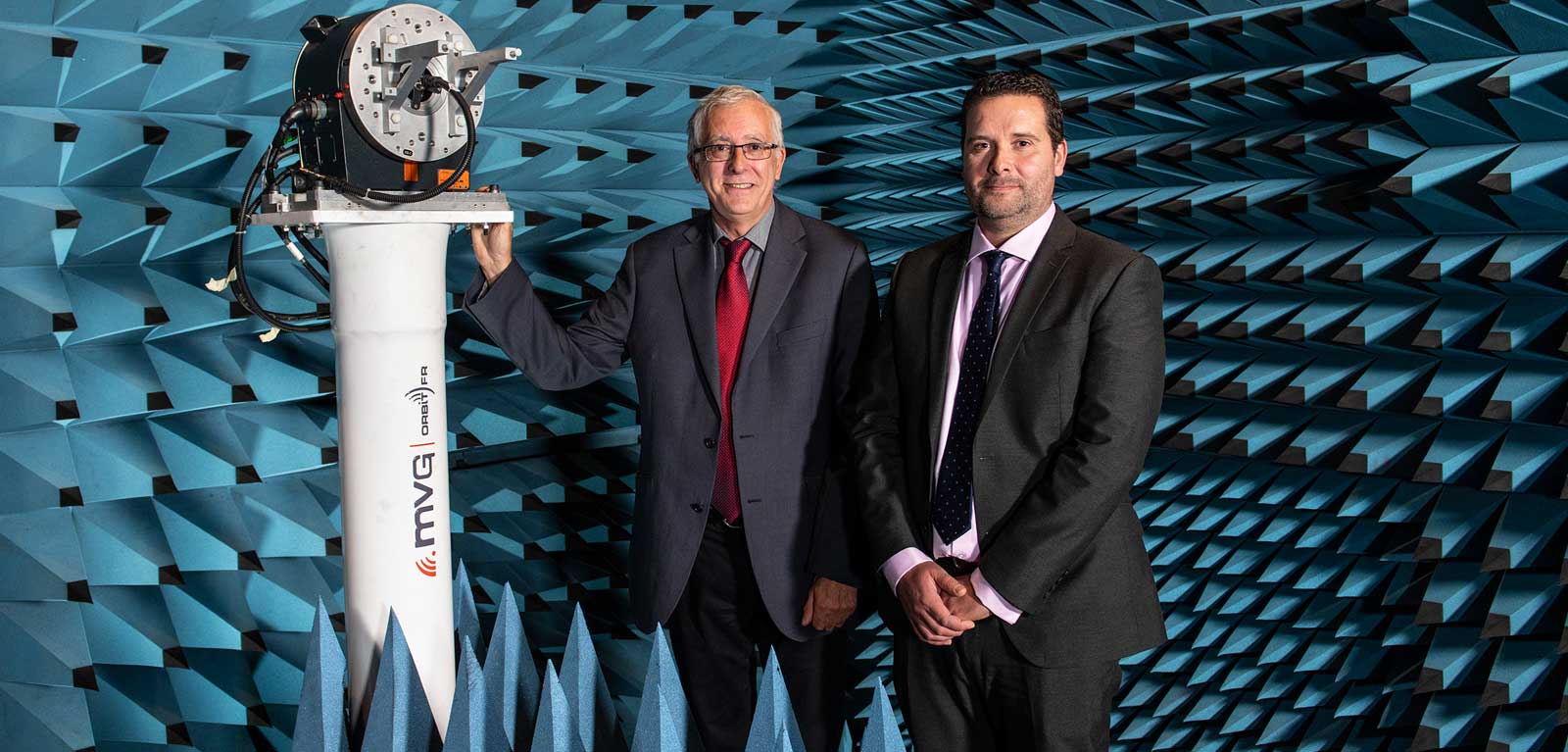Queen’s invests in new technology for echo-free chamber to help develop advanced 5G
Researchers at Queen’s University Belfast have unveiled a newly revamped echo-free chamber which allows them to work on cutting-edge solutions to develop higher frequencies for advanced wireless systems, such as 5G.

Since it was initially built a decade ago, around £500K has been invested by the University in the anechoic chamber, which is based at the Centre for Wireless (CWI) in the Institute for Electronics, Communications and Information Technology.
Cellular wireless providers are increasingly moving to higher frequencies in a bid to continually improve broadband capacity and download rates for consumers and connected machines.
If this did not happen, 5G wireless networks would become clogged by ever-increasing data traffic from sensors and robots, as well as humans streaming HD video or playing virtual reality games.
In the next decade, 5G cellular wireless systems are expected to provide latencies of one millisecond or less, compared with the 20-70 milliseconds on offer today, essential for applications such as autonomous vehicles.
The chamber at Queen’s is an enclosed space lined in absorbent materials that prevent the reflection of electromagnetic waves. It is designed to eliminate any external factors that could hinder measurements of new antennas within the room.
Professor Vincent Fusco from Queen’s University Belfast commented: “Humans and machines will only really see first-hand the benefits of advanced cellular networks, such as 5G, when higher frequencies are utilised. New electronic technologies need to be invented to be able to exploit these higher frequencies.
“By upgrading the instruments in the anechoic chamber our researchers can now measure performance of wireless communication systems, study the risks of interference between technologies, and measure the compatibility of different devices.
“By carrying out these tests and this cutting-edge research, we are developing new technologies for these higher frequencies, which is how next generation cellular communications will operate. This will undoubtedly have a positive impact on capacity and download rates right across the globe.”
Norbert Sagnard, Business Development Manager at CWI, added: “We are now a generation of digital communications users that will truly harness the power of the Internet on the go through smart agriculture, autonomous vehicles, industry automation, 3D video, smart factories, VR gaming.
"However, this can only happen if research engineers invent new ways to deliver wireless communications in the high range of the electromagnetic spectrum, a natural resource available to all everywhere on Earth.
“This is precisely what is taking place in Belfast at Queen’s with CWI researchers spearheading this type of research.”
Media
Media inquiries to Emma Gallagher at Queen’s University Communications Office T; +44 (0)28 9097 3087 E; emma.gallagher@qub.ac.uk